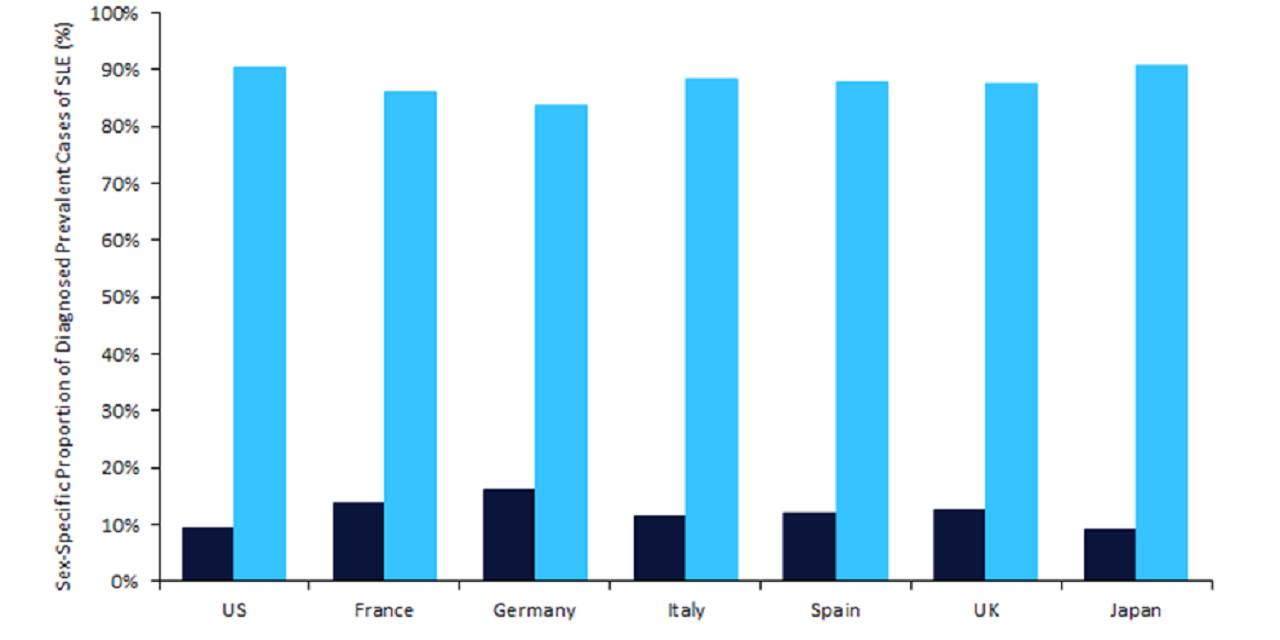World Lupus Day is observed every year on 10 May and raises awareness for lupus, a life-changing autoimmune disease.
Systemic lupus erythematosus (SLE) is the most common type of lupus.
It is a chronic disease in which the immune system attacks its tissue, causing damage and inflammation in the organs.
SLE can affect the joints, kidneys, blood, and skin vessels. SLE can have short- and long-term effects; for example, one-third to half of SLE patients have renal complications, referred to as lupus nephritis.
SLE gets worse over time and the damage to the organs can become life-threatening.
There are notable differences in how SLE affects men and women. The exact cause of SLE is not known and there is no cure, so understanding gender differences is important to treatment and disease management.

US Tariffs are shifting - will you react or anticipate?
Don’t let policy changes catch you off guard. Stay proactive with real-time data and expert analysis.
By GlobalDataSLE poses a significant health concern due to its chronic nature, multisystem involvement, and reduced quality of life.
According to leading data and analytics company GlobalData’s forecast, in the seven major markets (7MM: US, France, Germany, Italy, Spain, UK, and Japan), SLE is more common in women than men in 2024 (Figure 1).
More than 85% of diagnosed prevalent cases in each of the 7MM presented in women in 2024.
The diagnosed prevalent cases in women in the combined 7MM were approximately eight times higher than that of men.
The peak age of SLE diagnosis in women is during their reproductive years and flares are commonly reported during pregnancy.
These characteristics suggest that estrogen, which is higher in women, might activate an autoimmune response.
Other notable gender differences are seen in the severity of the disease.
Men are more likely than women to present with serious symptoms such as heart, lung, and kidney problems.
GlobalData estimates that approximately 68% of diagnosed prevalent cases of SLE presented with complicated SLE in the combined 7MM.
Considering gender differences in disease presentation is important because SLE is a chronic condition with no cure.
Patients will often suffer from unpredictable flares that require long-term management and healthcare utilisation.
SLE also affects multiple organs and has a broad spectrum of manifestations that may vary in men and women, requiring specialised care and treatment options.
For example, women may have unique considerations related to reproductive health, contraception, pregnancy, and menopause.
By comprehensively addressing gender differences in SLE, physicians can enhance disease management, improve patient outcomes, and advance efforts to reduce the economic, physical, and mental burden of the disease.





